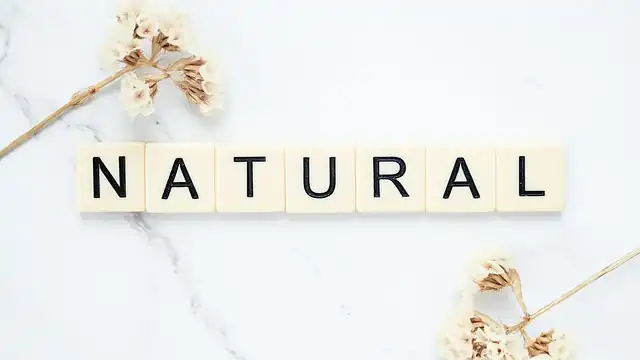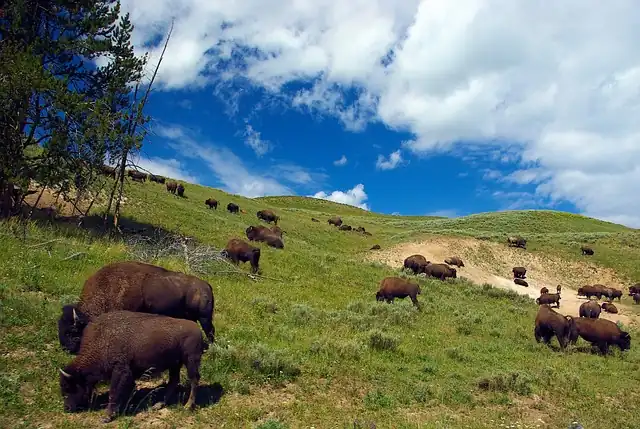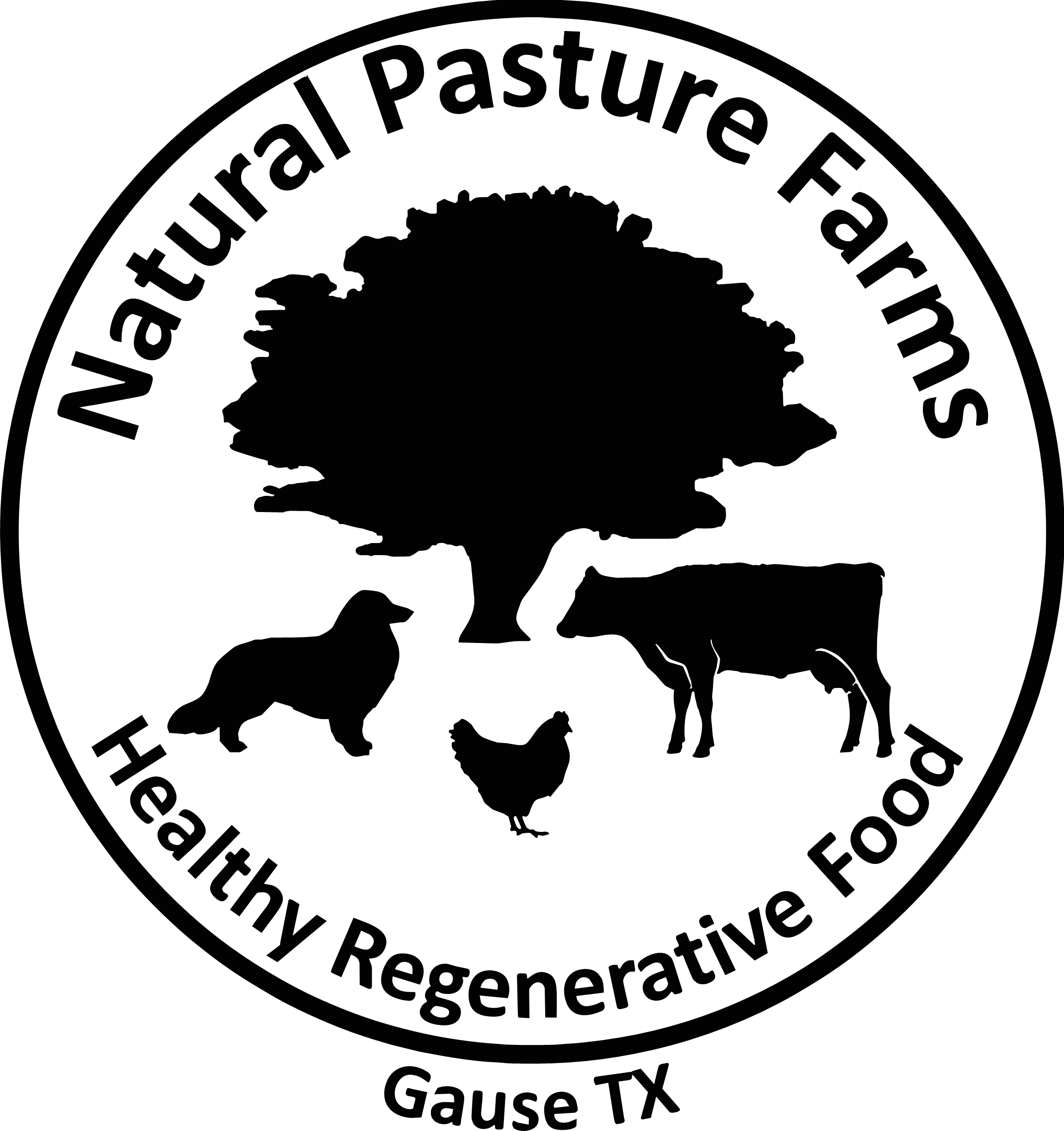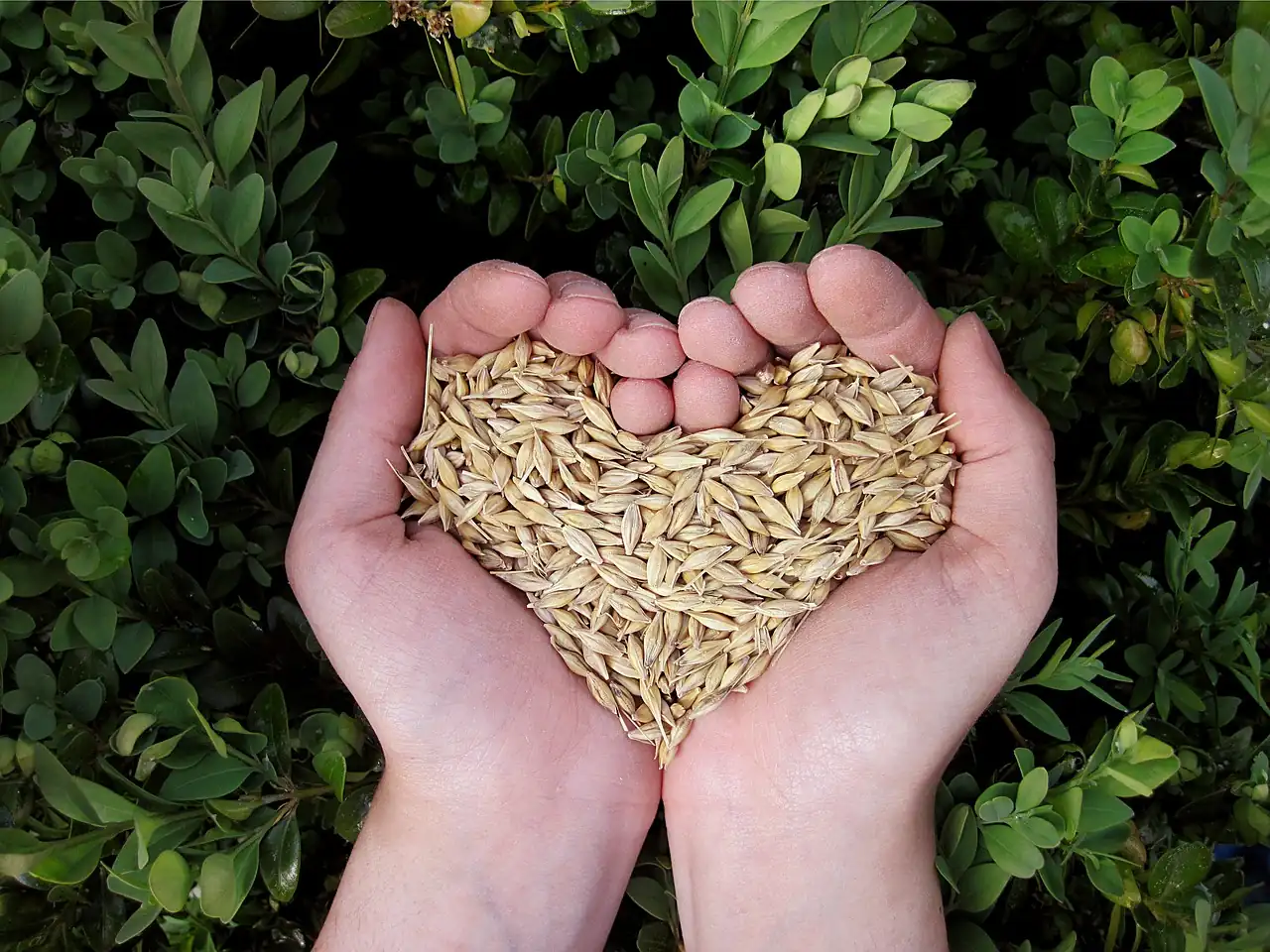The differences between Grass-Fed & Grass-Finished Beef can be huge! but it depends on who you ask.
I. Introduction
Food labels are confusing, and I am here to tell you they are often meant to be that way. Most people either assume that grass-fed beef and grass-finished beef mean the same thing, that the animal ate nothing but grass aka. is grain-free, or they have never heard the term grass-finished.
The sad news is that neither of these terms has an agreed upon definition, and as food labels they can be used without any limitations or oversight. They join the ranks of words like natural or cage-free, terms used to attract the customer, but have no real regulation behind them. In general, they are just hype words used because they sell products.

II. General Definitions
What Is Grass-Fed Beef
Grass-fed beef is generally beef from a cow that was raised on nothing but grass from weaning to slaughter. Grass can include such things a pasture, hay, silage, bailage, grain crops before seeding out and several other terms. But in general they are eating a diet that is natural to the animal.
What Is Grass-Finished Beef
Grass-finished beef is generally beef from a cow that was raised on nothing but grass from weaning to slaughter. Grass can include such things a pasture, hay, silage, bailage, grain crops before seeding out and several other terms. But in general they are eating a diet that is natural to the animal.
The point is that on the surface both labels mean the same thing. However, the grass-finished label should carry a bit more weight. More on that later.
III. No federal regulation
The issue is both terms have little labeling oversight, meaning they can be used however the company labeling the meat wants. Much of beef labeled in the store, and often by local producers as well, as grass-fed is just “conventional” beef that may have (and often did) receive grain as a supplement. These animals are often fed large amounts of grain during the last few months, this is called finishing, to fatten them up.
IV. Benefits of Grass-Fed & Grass-Finished
For The Animals
Ruminant animals such as cow, sheep and goats are not naturally designed to eat grain. Feeding them grain can cause digestive issues such as acidosis and can promote inflammation through an imbalance in their Omega-3 and Omega-6 ratio. To keep sickness at bay and to promote weight gain, antibiotics and hormones are often overused. In addition, the feed lots where most cattle are grain-finished are often massive dirt lots which are cram packed with cows, not a natural environment at all.
The health and wellbeing of the animals is drastically improved if they are raised on pasture for their entire lives, especially if they remain on the same farm. For grain-finished cattle, the feedlot where they spend the last 1/3 of their lives is a very unnatural environment.. Not only because of the lack of pasture and the overcrowded conditions, but because of separation of animals from out of their herd and into a new group of unknown cattle.

The Environment
Producing the vast amount of grain which we feed to cattle each year requires a ton of natural resources. It was estimated in 1997 that if all the grain the US produced was fed to people it would feed 800 million Americans. That means that nearly 2/3 of all the grain produced goes to feeding cattle. The amount of fossil fuels and fertilizers which go into the production and distribution of that grain across the country is substantial. Much of the grain grown to feed cattle is irrigated which is leading to the depletion of our aquifers. As much as 70% of our national water use goes to crop production.
Cattle grazing across an open pasture closely resembles bison on the open plains, therefore the land thrives if this historic state is mimicked. Cattle grazing has major benefits to the land from promoting species diversity, stopping encroachment of woody areas into grasslands and building topsoil. Additionally, cattle which are not fed grain are removed from almost entirely from the issues surrounding the production of grains mentioned above.

Human Health
While there is not a lot of studies looking at the health benefits of eating beef from grain-fed vs grass-fed or finished cattle, logic tells you that the animal eating the more natural diet must be better for you. There are however a few facts available which show some of the potential health benefits of consuming beef which is free of grain. The omega-3 levels are much better which suggests it will help with inflammation and overall health. Grass-finished beef is also higher in conjugated linoleic acid (LCA) which is an anti-carcinogen, anti-diabetic and anti-atherosclerosis.
IV. What To Do
The best way to locate beef (or lamb etc.) that is truly grain-free is to find a local farm who raises animals they way that you want. This is where the term grass-finished can help you in your search. The term grass-finished is not yet popular so therefore there is less misuse of the label. If you are looking for animals which are raised only on grass this is a great google search term to get you started.
I wrote an article on how to find the best local farms if you want some more help locating a farm.

V. What to Look For
In general you want to find a farm that is raising their animals in harmony with nature. While we cannot just take down all the fences and let the animals roam free, we can try and mimic those natural patterns on our farms. On our farm we practice regenerative farming which is trying to do exactly that.
Here are some questions you can ask your local farmer:
- Do you feed grain?
- Do you use lick tubs?
- What protein supplement do you use?
- Do you use rotational grazing?
- What medications do you use?
- How do you treat for worms?
- Do you use fly sprays or ear tags?
- Are your animals born on the farm?
VI. Conclusion
Unfortunately, there is no food label that you can look for to insure that your family is getting beef (or lamb etc.) that has consumed a grass-only and grain-free diet. However, you can find animals raised this way and which have lived a much better life, by searching out local farmers. Just make sure and ask the right questions so you can be assured that you are getting meat from an animal which was raised the way you expect.



